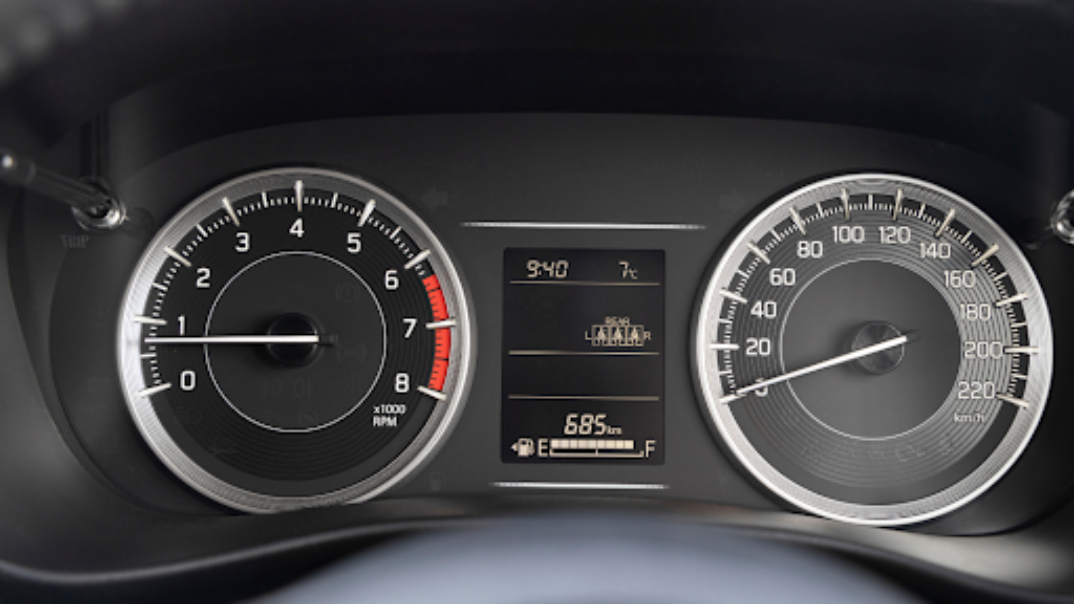 Fitting king sized rims on your car might enhance its appearance, but it certainly has a negative impact on its performance. In this episode of How Things Work, we'll talk about the implications of installing large rims and tyres on your car.
Fitting king sized rims on your car might enhance its appearance, but it certainly has a negative impact on its performance. In this episode of How Things Work, we'll talk about the implications of installing large rims and tyres on your car.
Estimated reading time: 5 minutes, 46 seconds.
If you can’t watch the video, you can read the video transcription below: Edited for clarity and readability
Pieter: (00:00)
Welcome to Let's Talk Automotive. And in this week's episode of How Things Work, we're going to take you through the impact that putting larger rims and tyres on your car will have. Now you'll know, from previous episodes, that when we've spoken about tyres and aftermarket alloway rims, we've always mentioned that tyres and rims are homologated with the vehicles and that if you change your tyres and rims, that there might well be insurance and, even in some instances, warranty and maintenance plan ramifications for you doing that.
Now to better explain the impact that changing your tyres and rims will have on your car and its warranty and perhaps maintenance plan, I'm going take you through the rule changes that are coming to Formula 1 in 2022, with respect to tyres and rims. So as you may be aware, the current configuration of tyres and rims on a Formula 1 car involve a 13-inch rim with a very high tyre profile, and that's going to change to an 18-inch rim with a much lower tyre profile.
Pieter: (01:08)
And there's a whole lot of implications that happen for a Formula 1 car, and the estimates are by the way, that those cars are going to slow down by up to two seconds a lap. So for all of you who buy a car and rush out and put low profile, big rims on your cars–you need to understand that perhaps it's going to affect the overall ride and handling of the vehicle, and it's certainly going to slow it down, believe it or not. And there's a number of reasons why this happens, and this is why Formula 1 has implemented it into the rule changes for next year, because they physically want to slow the cars down. So the first big change that happens when we put on bigger tyres and rims is of course the weight changes. So when we go from a smaller diameter rim and we put a larger diameter rim on, obviously there's more core material in that rim and so the rim gets heavier.
Pieter: (02:00)
Now there are two ways that that impacts the performance of the vehicle. The first is from a linear point of view, it's simply more weight for the engine to have to accelerate the additional weight, which slows it down, but also there's the rotational effect that it has. So the more weight that we add to the rim, the further away from the centre of rotation it becomes, the more the engine has to work in terms of rotating that tyre as well. So we've got a double whammy when we put on larger diameter rims. The second impact that it has of course, is that the rim being heavier means that the suspension is going to work harder. And there's two reasons why the suspension will work harder. The first is, as you can imagine, with a 13 inch rim and a very high tyre profile, most of the work that the suspension would normally do on a Formula 1 car is actually done by the profile of the tyre. In fact, up to 80% of the suspension effect resides in the tyre of the Formula 1 car. So by making the tyre profile smaller, there's less ability for the engineers to tweak their suspensions around the tyres and they're going to have to do a lot more setup and a lot more work on the suspension itself. The second thing is that a lot of the actual impact that the tyre absorbs with its flexing is now lost and that has to now be taken up by the suspension systems themselves, and that means that they're going to have to use heavier suspension systems. So once again, even outside of the rims and tyres that are adding additional weight to the car, the suspension systems themselves become heavier.
Another impact of changing the actual profile of the tyre, especially on a Formula 1 car, is the fact that because the tyre flexes even on a nice smooth road, that constant changing in shape of the tyre causes the airflow that goes over the tyre to oscillate.
Pieter: (04:00)
And that creates, and adds to the dirty airflow that the driver behind the Formula 1 car has to put up with. And so by reducing the actual profile of the tyre, we lessen that oscillation effect. And in fact, there are deflectors that you'll see, or a cleaning blade that's going to be just above the front tyre, on the Formula 1 car, which further adds to cleaning up the airflow that moves to the back of the vehicle. So you can see that a lot of work has been done there, but here's the kicker for me: on a Formula 1 car, we are now going to have hub caps, or wheel covers that are actually going to be put on because believe it or not, the actual shape of the alloway wheel itself, adds to the aerodynamic inefficiency when the vehicle moves forward. So they're going to have these wheel covers that are going to be quite large, that are placed on the wheels themselves, but there are going to be some cool things that they're going to do.
Pieter: (04:53)
So we can have LED indicators that are part of those wheel covers and we'll be able to see some interesting things like the tyre wear performance, as well as the temperatures and pressures that those tyres are experiencing during the Formula 1 race. So some very cool tech that's going to be coming through. But ultimately, as you can see, by increasing the size of our rim, and increasing the size therefore of the diameter of the tyre adds weight to the vehicle. And that ultimately impacts on the harmonics, and the design of the harmonics, and the tuning of the suspension of the vehicle. And that is why tyres and rims are homologated with a vehicle and if you change them, it can seriously impact the ride and handling characteristics of your car, and ultimately actually slows it down. So I know obviously from an aesthetics point of view, it looks great to stick in those 18, 19, 20 inch rims on your tyres, but ultimately you are compromising the performance of your vehicle.
So there you have it, that's the impact that putting on larger rims and therefore tyres has on your vehicles. I hope you guys found that interesting, and we look forward to seeing you again next week on How Things Work.
To watch more videos, visit our Facebook page.
Want to know when the next episode is available? Sign up to get notifications straight into your inbox.



